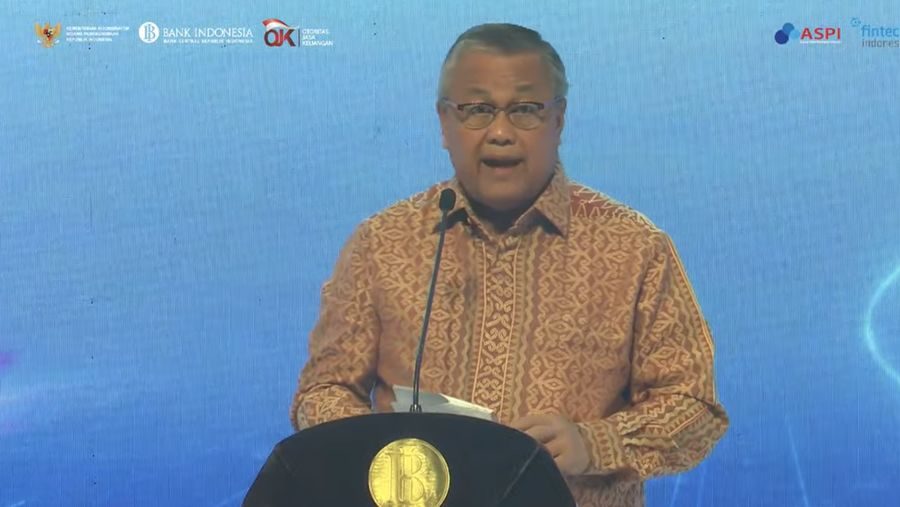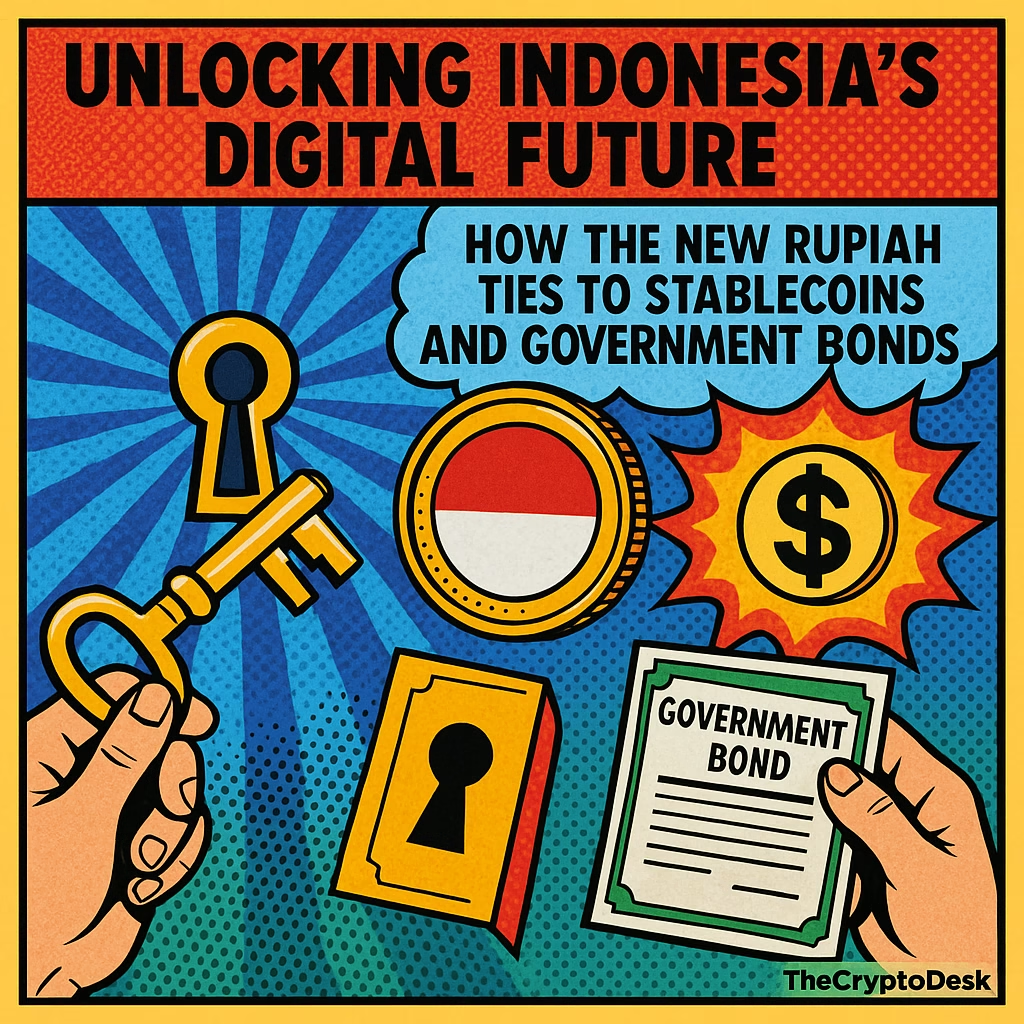Indonesia is making remarkable strides in the realm of digital finance with its ambitious plan to introduce a central bank digital currency (CBDC) that uniquely incorporates stablecoin mechanics. Announced by Bank Indonesia (BI) Governor Perry Warjiyo during the Indonesia Digital Finance and Economy Festival and Fintech Summit 2025 in Jakarta, this initiative positions the digital rupiah to be one of the first government-backed digital currencies globally that is equivalent to traditional government bonds. It’s an exciting milestone for Indonesia as it enhances its financial infrastructure under the innovative Project Garuda.

Governor Warjiyo unveiled that the digital rupiah will be backed by “digital central bank securities,” which are essentially tokenized versions of government bonds known locally as Surat Berharga Negara (SBN). He stated, “We will issue Bank Indonesia securities, a digital version that will be directly tied to government bonds, creating a national stablecoin.” This innovative approach blends the safety of a central bank’s currency with the stability offered by asset-backed digital tokens, making the digital rupiah a promising option for digital transactions.
The concept of tying a digital currency to government bonds through tokenization is particularly intriguing. By doing so, each unit of the digital rupiah is backed by a reliable, stable asset, a feature that could significantly enhance public trust and adoption. Governor Warjiyo’s insights align with Bank Indonesia’s broader strategy aimed at bolstering financial digitalization, promoting industry innovation, and ensuring monetary stability across the nation. Notably, this project builds on the successful proof-of-concept for Project Garuda, completed in December 2024, where various distributed ledger technology (DLT) platforms were tested for digital currency applications.
🇮🇩 Bank Indonesia has successfully completed the first phase of its digital Rupiah project #DigitalRupiah #Indonesia https://t.co/eG515hcDNt— Cryptonews.com (@cryptonews) December 16, 2024
The design of the bond-backed CBDC aims to streamline market liquidity by leveraging blockchain technology. By automating settlement processes through this infrastructure, Indonesia hopes to reduce transaction costs significantly and make the entire bond settlement process more transparent and efficient. Unlike private stablecoins that may carry certain risks related to credit and issuance, the digital rupiah will stand as a direct liability of the central bank, enhancing security and operational efficiency both domestically and internationally.
This strategic move isn’t simply about digitizing currency; it’s about establishing a robust framework that preserves Indonesia’s monetary sovereignty amidst the rapidly expanding influence of private, unregulated digital currencies. With strong regulatory oversight, the digital rupiah could offer a safe and reliable alternative to privately issued stablecoins, further promoting financial inclusion and national economic growth.
As part of its multifaceted rollout plan, Bank Indonesia intends to first establish a wholesale digital rupiah geared toward interbank transactions, gradually expanding to a retail version accessible to the general public. This phased approach ensures that the currency is thoroughly tested and refined before widespread use.
Indonesia’s model for a CBDC is particularly noteworthy on the global scene. While China’s e-CNY emphasizes government control primarily for retail purposes, and the Bahamas’ Sand Dollar focuses on financial inclusion, Indonesia’s approach deftly balances both aspects, leveraging centralized trust combined with the benefits of asset-backed stability.
Moreover, as the digital rupiah takes shape, it arrives during a period of unprecedented growth in Indonesia’s cryptocurrency market. By late 2024, the country had witnessed an astonishing 352% surge in crypto transactions, amounting to over 475 trillion rupiah (approximately $30 billion), with approximately 21 million individuals engaging in trading activities. According to a recent study by the University of Indonesia, the crypto sector contributed close to $4.4 billion to the nation’s GDP and generated over 333,000 jobs, showcasing the significant economic impact of this emerging industry.
🇮🇩 Indonesia’s crypto market is booming! With over $30 billion in transactions and 21 million traders in 2024, the country is solidifying its status among the global crypto leaders. #Indonesia #Crypto https://t.co/IicWGY4fID— Cryptonews.com (@cryptonews) November 29, 2024
In conclusion, as Indonesia embarks on this remarkable journey with its digital rupiah, it’s not just a technological advancement; it’s a transformative step toward embracing a digitally driven economy. By intertwining the features of stablecoins with the authoritative backing of a central bank, Indonesia could set a precedent for other nations exploring similar paths. As the global landscape of digital currency evolves, Indonesia’s innovative steps could not only reinforce its own financial stability but also influence how national digital currencies are perceived and adopted across the world.
What are your thoughts on Indonesia’s digital currency initiative? Join the conversation and share your views on the implications of such innovation in the financial sector!
